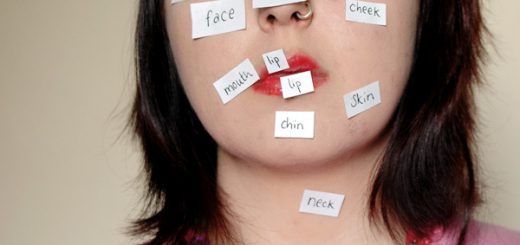Gender and Showing Symptoms
Although they can happen at any age and to anyone, statistics show that the symptoms for depression and anxiety are more likely to begin showing up during adolescence. Adolescent girls reported symptoms at a higher rate however – nearly three times as many girls did as boys.
 Why is this the case? According to one study looking at social and relationship patterns in adolescents, girls are more likely to worry about and put importance on their relationships and friendships, are more sensitive to when others are upset, and less likely to use humor to cope with stress. Girls may face increasingly more pressures from society too, with body image and prioritizing others above themselves to name a couple of examples.
Why is this the case? According to one study looking at social and relationship patterns in adolescents, girls are more likely to worry about and put importance on their relationships and friendships, are more sensitive to when others are upset, and less likely to use humor to cope with stress. Girls may face increasingly more pressures from society too, with body image and prioritizing others above themselves to name a couple of examples.
The high number of young, adolescent girls reporting symptoms of mental illnesses has gotten to the point that many think that mental illness is a gendered issue.  Adolescent girls – including celebrities – have started becoming more open about their mental health and what they go through. This may not apply to all adolescent girls however: women of color, for example, are hesitant about opening about their mental health experiences because the image of a “depressed adolescent girl” is often assumed to be white.
Adolescent girls – including celebrities – have started becoming more open about their mental health and what they go through. This may not apply to all adolescent girls however: women of color, for example, are hesitant about opening about their mental health experiences because the image of a “depressed adolescent girl” is often assumed to be white.
 Another thing to remember is that self-reporting, or when the person is the one talking about what they experience, is a major source of information when it comes to mental health. At the end of the day, no one knows you as well as yourself. Things like culture, stigma, and stereotypes can make some afraid to talk about how they’re feeling though – even if they’re doing it anonymously. The common stereotype for boys is that they have to be “tough” and shouldn’t express emotion and to deal with things independently.
Another thing to remember is that self-reporting, or when the person is the one talking about what they experience, is a major source of information when it comes to mental health. At the end of the day, no one knows you as well as yourself. Things like culture, stigma, and stereotypes can make some afraid to talk about how they’re feeling though – even if they’re doing it anonymously. The common stereotype for boys is that they have to be “tough” and shouldn’t express emotion and to deal with things independently.
Mental illness can affect anyone regardless of things like age, gender, and ethnicity. Patterns and trends will naturally occur to explain things like why girls are more vulnerable to showing mental illness symptoms, but that shouldn’t make you feel like you have to check off specific boxes to feel that your own symptoms are legitimate depending on your identity.
Do you identify as female? Why do you think adolescent girls have a higher risk for showing symptoms of mental illness? If you don’t identify as female, how do you think your emotions and feelings are perceived by others?




Recent Comments